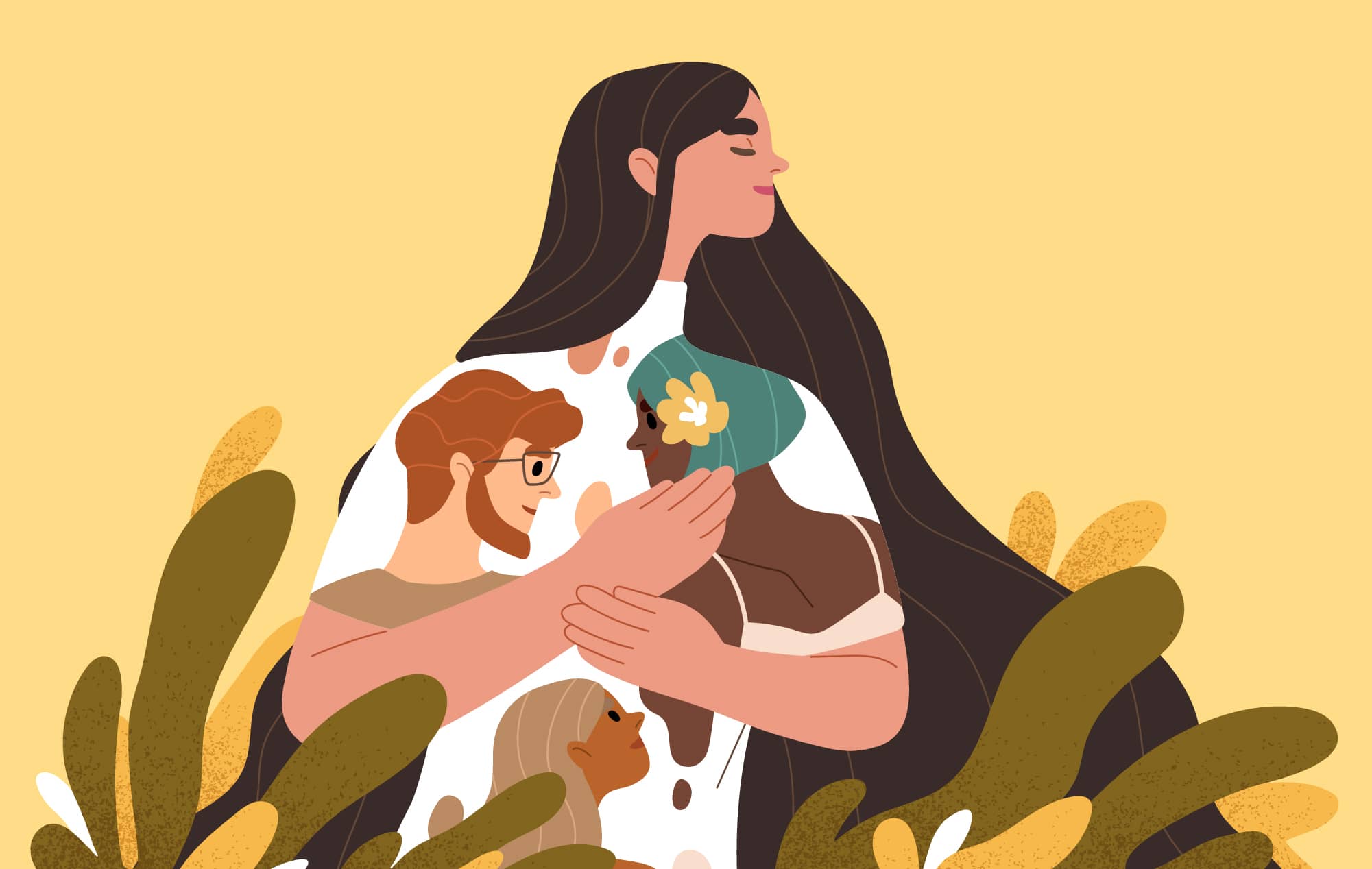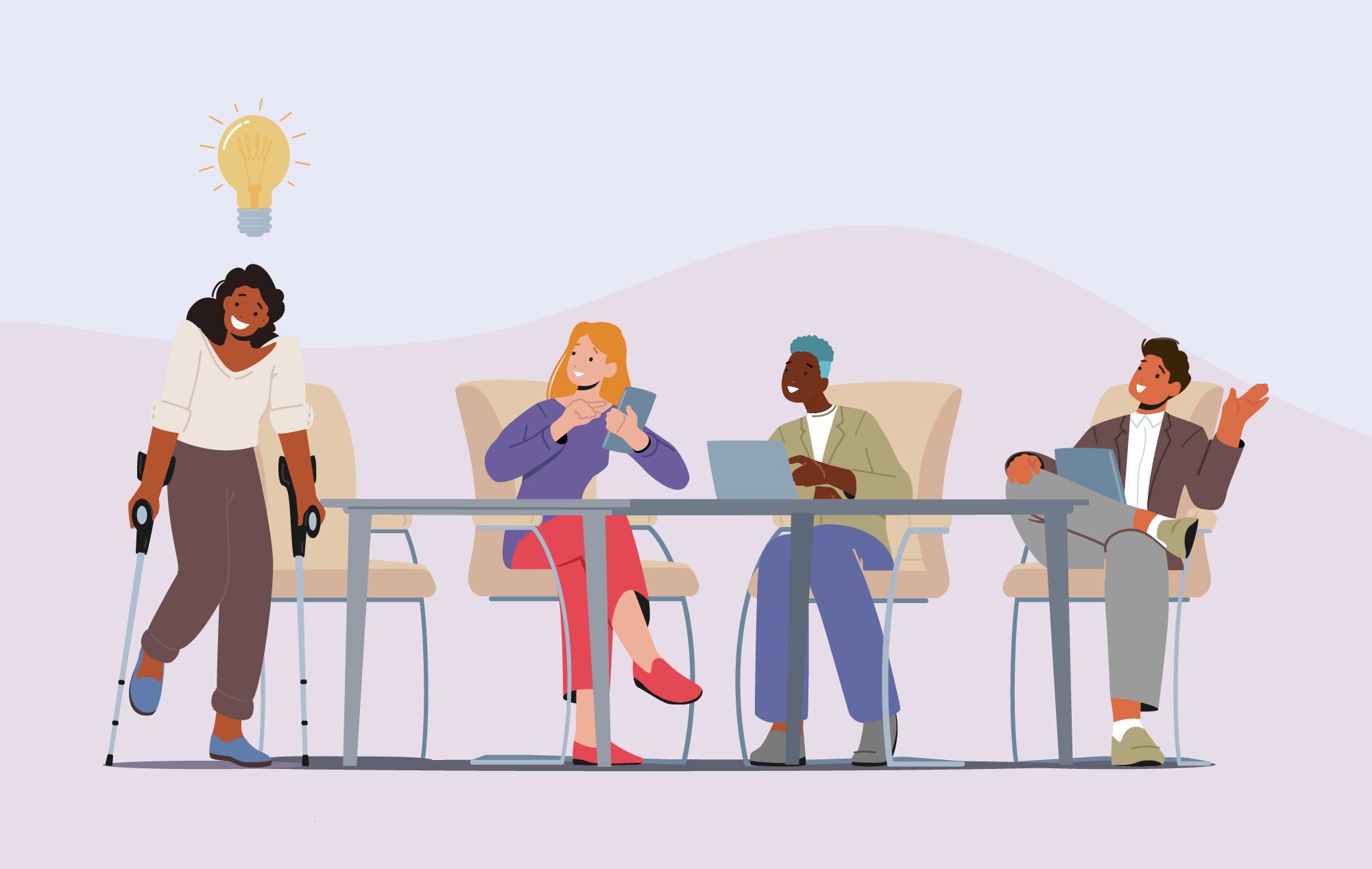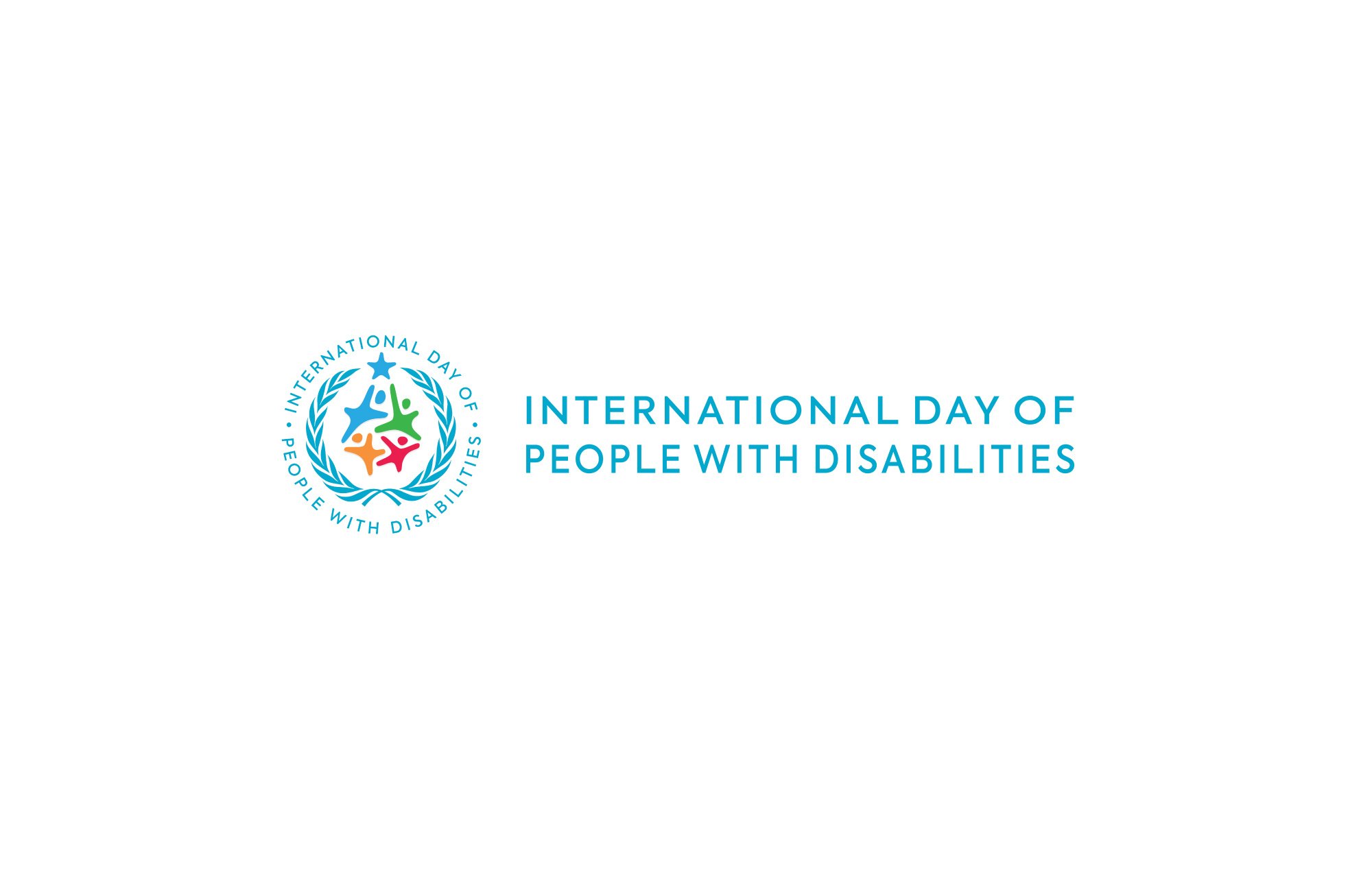Along with addressing accessibility needs, such as ramps on building entries or including alt text with images used on websites, forward-looking companies must tend to the social and emotional situations of people with disabilities. By creating an inclusive workspace, businesses can improve the well-being of their employees and engage a larger portion of the population.
The business case for inclusivity is clear, but some corporations still struggle to appropriately accommodate and foster cultures that enable everyone to feel safe, seen, and authentically themselves. Oriana Di Stefano, an Equality Talent Partner for Salesforce, with a specific focus on people with disabilities in Southern Europe, wants to change that.
“Work cultures that take into account and embrace different types of backgrounds have been shown to be successful in creating a more efficient and happier workforce,” Di Stefano tells InclusionHub.
Embracing Equality & Going Beyond Compliance
Six years ago, Di Stefano, who lives in Italy, was involved in a car accident that left her permanently disabled, including limited dexterity in her hand and difficulty extending her left arm. After a few months of rehabilitation, she returned to the workforce with a new perspective on disabilities and inclusion.
While she felt fully capable of fulfilling her responsibilities, Di Stefano says many potential employers in Italy struggled to look beyond her disability.
Di Stefano’s message comes at an important time for workers with disabilities, who are historically underrepresented in the workforce. In the United States, October is Disability Employment Awareness Month, a decades-long commemoration that groups have been trying to establish globally. By some estimates, 20 percent of the European Union population lives with a disability.
In March, the European Commission released its Strategy for the Rights of Persons with Disabilities. It noted that people with disabilities have a “higher risk of poverty or social exclusion” compared to their counterparts without disabilities.
“Over half of persons with disabilities say they personally felt discriminated against in 2019,” the Commission said.
To try and improve employment for people living with a disability, the Italian government has strict policies that encourage employers to recruit and hire people with disabilities. Italy’s employment law mandates that at least 7 percent of employees at an organization of 50 or more people qualify as people with disabilities, or face significant fines.
Although the law is meant to foster inclusion and accessibility, some organizations hire people with disabilities merely for the sake of compliance rather than out of a commitment to equality.
"It happened to me during interviews with organizations that do not hold equality as a core value,” says Di Stefano. “The impression I had is that they wanted to hire me just to comply with the law and not for my background, skills, and experience. I came under a bit of stress and, at the time, considered no longer declaring my disability status."
Laws intended to discourage discrimination and bias and encourage more inclusive hiring practices are common. However, problems are created when people are not treated as individuals or allowed to be themselves.
“The lesson here is to understand why diversity is important for organizations and to create an environment where people feel open about their status," she advises. "Don’t focus only on compliance. This can make employees feel different and uneasy.”
Creating More Inclusive Workplaces
“It might sound strange, but treating people with disabilities as anyone else helps a lot with inclusion,” Di Stefano says. Rather than draw attention to a person’s disability, she recommends viewing peers living with a disability much like they would other colleagues. It’s also important to create a working environment that is inclusive and accommodating enough that those with disabilities can thrive whether their disability status is known or not.
“Most of the time, having a disability is a disadvantage in your personal life but not professionally,” Di Stefano adds. “People with disabilities can, most of the time, perform any task as anyone else. Salesforce is very good [at] not making my disability a point. They manage and measure the quality of my work as they would anyone else. This is crucial in making me feel equal to my peers as much as making sure I have equal opportunities as they have.”
For those looking to create more inclusive workplaces, there are a few things you can do:
- Establish an internal group where people with disabilities have an option to attend and lend one another emotional support.
- Provide training or invite speakers with disabilities to educate your team. “My disability is not my limit and it never has been,” Di Stefano tells InclusionHub. “The only real limitation is the preconceptions other people have of it.”
- Hiring people with disabilities is essential. “To attract more talent with disabilities,” she says, “a first step is to share job opportunities with nonprofits and organizations that work with people with disabilities in the same geographic area. Post open positions on websites that target candidates with disabilities, and, finally, use keywords in LinkedIn Recruiter.”
- Visibility is important. Be sure your digital properties and marketing collateral feature people with disabilities. This communicates to your customers and potential employees that there’s a place for them in your organization and community.
Ultimately, Di Stefano wants everybody to be part of a team and culture that celebrates inclusivity and treats everyone as equals—an experience that has positively improved her life and allows her to express her personality freely.
If a company takes these steps, it’ll become a bastion of equality and opportunity, improving not just its business but the lives of the people within its orbit.
Disability Employment Awareness Month is an annual initiative that recognizes how people with disabilities contribute to the workforce. For more information on digital accessibility and inclusion, visit InclusionHub.






Leave a Comment